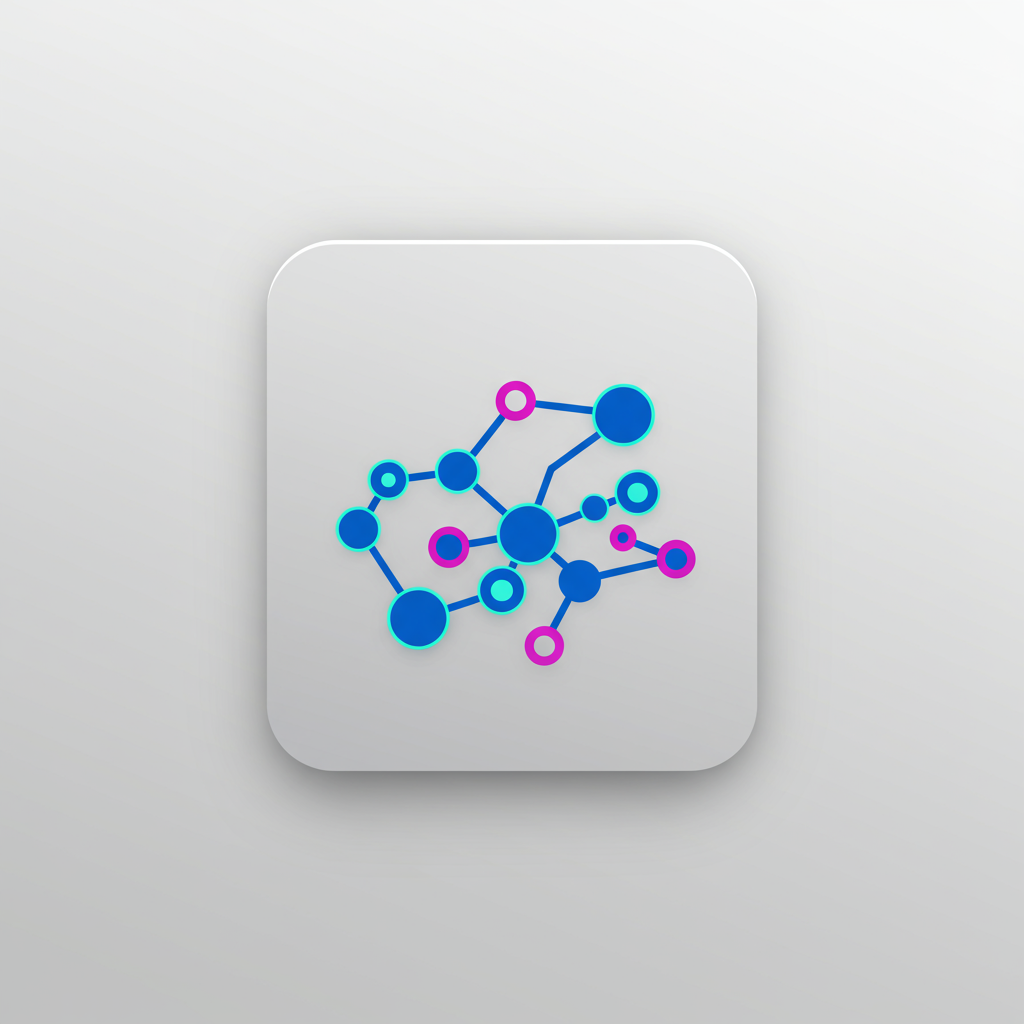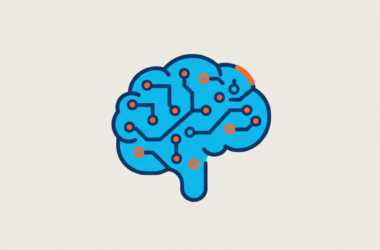
A new iteration of OpenAI’s language models is now available as a research preview. This latest version is designed to enhance chat interactions by providing more natural responses, a broader knowledge base, and a deeper understanding of human intent. Early testers report that the model is more intuitive, exhibiting a greater level of empathy and a refined ability to follow nuanced instructions, which can be especially useful for tasks such as writing enhancement, programming help, and creative problem-solving.
This development marks a significant step in scaling up unsupervised learning. By leveraging increased computational resources, vast amounts of data, and innovations in model architecture and optimization, the new model has improved its capability to recognize patterns and generate insightful responses. Its training on advanced cloud-based supercomputers has resulted in a model that is not only more knowledgeable but also more reliable across a wide array of topics, with a noticeable reduction in factual errors.
The evolution of this model is underpinned by two complementary paradigms of artificial intelligence:
- Unsupervised Learning: This approach enhances the model’s world understanding by learning from large volumes of unlabelled data, a method that has been progressively refined through previous models.
- Scaling Reasoning: Separate techniques train models to follow a logical chain of thought, particularly beneficial for tackling complex scientific, mathematical, or logical challenges.
In practical applications, the model’s ability to engage in warm and intuitive conversation is evident. For example, when addressing personal challenges or discussing historical art, it offers empathetic responses and succinct, factual explanations. These improvements ensure that, whether a user needs emotional support or creative insight, the model responds appropriately by inviting further dialogue or providing concise information as needed.
Enhancements in training have also focused on human collaboration. New scalable techniques using data from smaller models have improved the model’s steerability and its capacity to understand and adapt to subtle cues. Comparative evaluations with human testers indicate a higher win-rate in user preference when compared to earlier versions, reflecting its improved aesthetic intuition and creativity.
The launch of this model has been accompanied by rigorous safety testing. Advanced supervision techniques, combined with traditional methods such as supervised fine-tuning and reinforcement learning from human feedback, have been integrated to ensure that the model operates safely. Detailed evaluations have been shared in an associated system card, and comprehensive results are available for further public review.
Accessibility to the new model is expanding across platforms. Pro users of ChatGPT can select this model directly via the model picker on web, mobile, and desktop interfaces. For developers, a research preview is available through multiple APIs, including the Chat Completions API, Assistants API, and Batch API. This access enables support for advanced features such as function calling, structured outputs, streaming, and even vision capabilities via image inputs. However, note that some multimodal functions like video and screensharing are not supported in this iteration.
Developers might find significant value in the model’s higher emotional intelligence and creativity, particularly for applications in writing assistance, communication, learning, coaching, brainstorming, as well as multi-step coding workflows and complex task automation. While this model is more compute-intensive and comes at a higher cost compared to previous versions, its unique capabilities are expected to provide substantial benefits for targeted use cases. More details on pricing can be found at https://openai.com/api/pricing/.
Overall, this research preview pushes the frontier of what’s possible in unsupervised learning. OpenAI continues to be inspired by innovative use cases discovered by the community and looks forward to feedback from users to guide future developments, especially around the integration of reasoning abilities. For additional technical details and safety evaluations, interested readers can refer to the Preparedness Framework and the accompanying system card.
For those curious to experiment, you can try the new model directly in ChatGPT by visiting https://chatgpt.com/.







